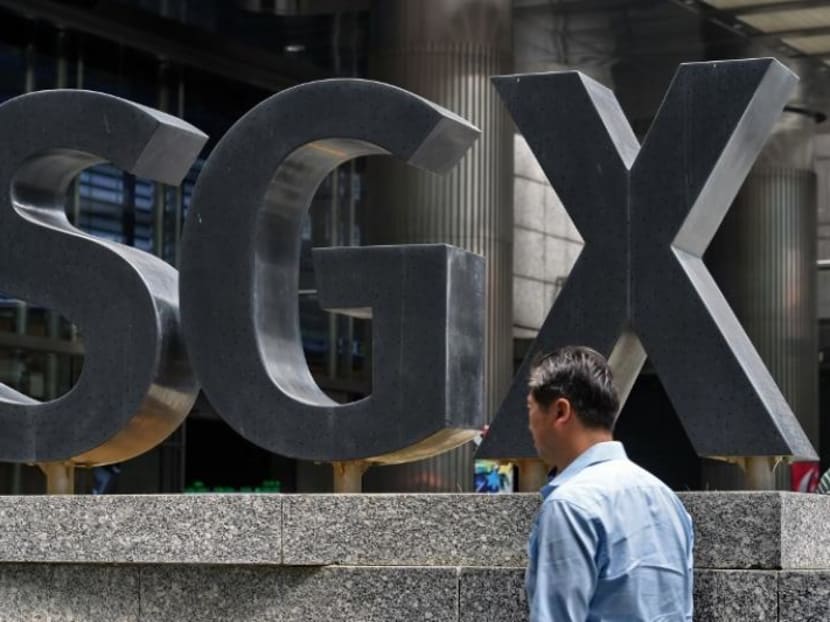SGX said to consider giving traders their lunch break back
SINGAPORE — Singapore stock traders may finally get their lunch break back.

AFP file photo
SINGAPORE — Singapore stock traders may finally get their lunch break back.
Singapore Exchange Ltd, which runs the city’s equity market, is considering reinstating the midday intermission, according to people familiar with the matter. SGX in 2011 scrapped the break, which lasted from 12.30pm to 2pm every day, in an effort to boost trading.
The bourse is expected to have a public consultation on the issue in the coming weeks, the people said, asking not to be identified as the information is private. SGX will also propose a test that would widen the price increment at which shares are quoted to bring day traders back, according to the people.
When SGX cut the midday break, then-Chief Executive Officer Magnus Bocker said in January 2011 the move would make Singapore “one of the most accessible markets in Asia and in the world.” Having continuous trading from 9am to 5pm could also boost volume by as much as 10 per cent, Mr Bocker said.
Many Asian stock markets have a midday break, including Hong Kong, mainland China and Malaysia.
The daily average value of shares traded on SGX this year has risen 6.4 per cent, to US$809 million (S$1.1 billion), compared with the average for 2016, according to data compiled by Bloomberg. While up from last year, it’s down from the US$1.12 billion-a-day the market saw in 2013, the data show.
SGX said in an e-mailed response to queries that it doesn’t comment on speculation.
TICK-SIZE IDEA
The exchange’s tick-size proposal would reward brokers for making markets in less liquid stocks by widening the spread they earn when buying and selling shares, the people said. That could encourage trading in small-cap companies, they said.
If the plan goes ahead, it would be at least the third time in a decade that SGX has tweaked stock spreads. In 2011, it cut tick sizes to offer what it called “one of Asia’s most cost-competitive trading environments.” It made a similar move in 2007.
The U.S. in October started a two-year test that raised ticks for small-company stocks amid complaints from exchanges that liquidity has dried up. Japan Exchange Group in December 2014 said it was backtracking on tick cuts for some of the biggest companies less than six months after it was implemented because it failed to get the boost it sought.
SGX in 2015 cut the board lot size, or trading unit, investors needed to buy to 100 from 1,000 to help make higher-priced shares easier to invest. Last year, it consulted on having at least 10 percent of shares in the initial public offering of companies on its main venue to boost retail participation. BLOOMBERG





